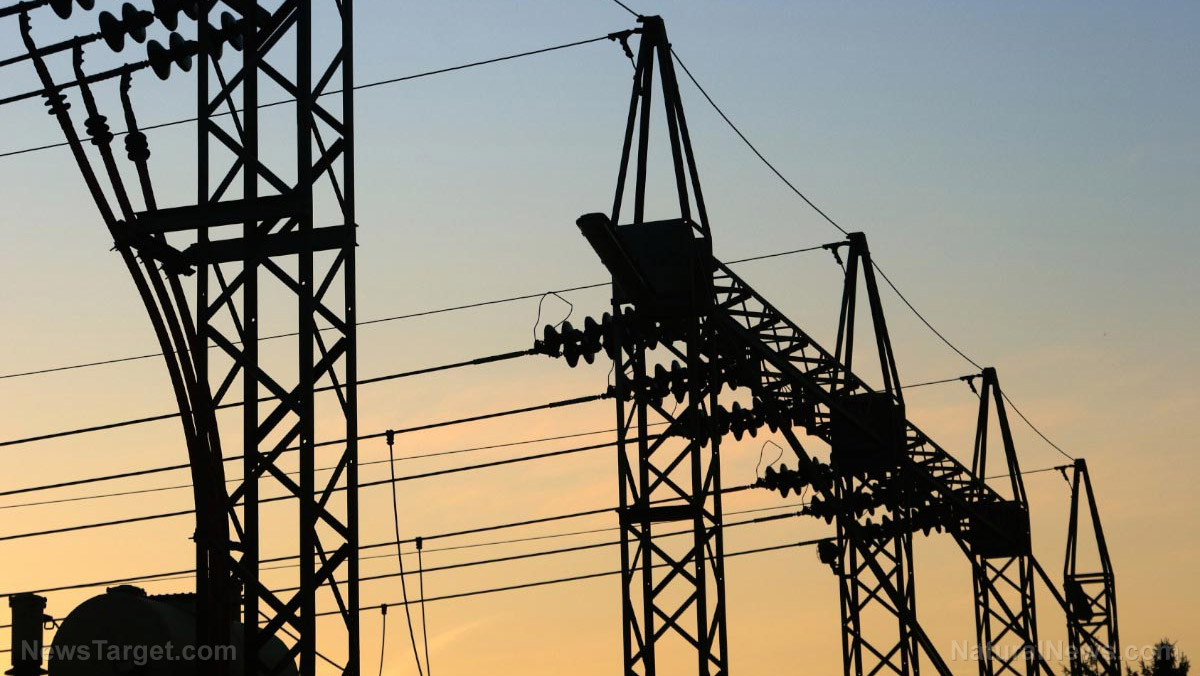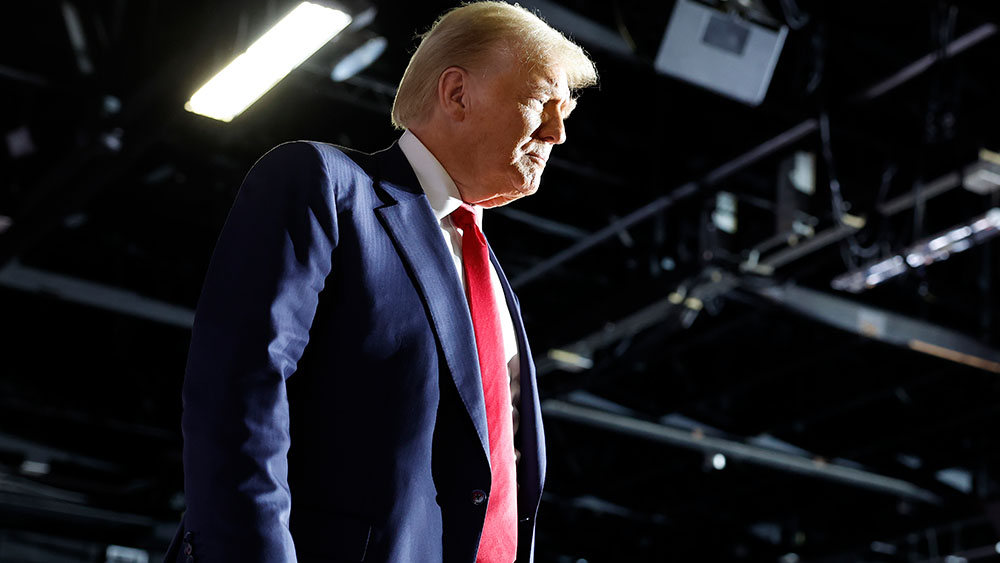Russia to launch nationwide facial recognition payment system this year
02/01/2025 / By Belle Carter

- Russia plans to launch a comprehensive facial recognition payment network this year, led by Sberbank and the National Payment Card System (NSPK).
- The project includes installing approximately two million biometric payment terminals nationwide, starting with Moscow’s Metro system in 2024 and full national deployment by the second half of 2025.
- The initiative integrates with the Unified Biometric System (UBS), a state-run database for identification and authentication, raising privacy concerns.
- The system will support various payment methods and features such as age verification for restricted purchases and automated hotel check-ins, potentially making it adaptable to emerging financial technologies.
- The project raises significant privacy questions due to the integration of facial recognition technology into law enforcement operations, with fears about surveillance and potential misuse of biometric data.
In a move that could revolutionize payment systems and raise privacy concerns, Russia is set to launch this year a comprehensive facial recognition payment network. The project, spearheaded by Sberbank and the National Payment Card System (NSPK), aims to create one of the largest biometric payment networks in the world.
The initiative, which began with the implementation of Face Pay in Moscow’s subway system in 2021, will see approximately two million biometric payment terminals installed nationwide. The rollout started in Moscow’s Metro system in 2024, with full national deployment expected by the second half of 2025.
Dmitry Malykh, Senior Vice President at Sber, confirmed the timeline and outlined the project’s scope. “The project roadmap has already been established, and the network launch is slated for the second half of 2025,” he said. “We are developing a biometric payment standard, based on which other market participants will be able to launch their biometric services.”
This initiative will not only facilitate seamless payments but also integrate with the Unified Biometric System (UBS), a state-run database that centralizes biometric data for identification and authentication. Since 2022, state-owned banks have been required to transfer customer biometric information to the UBS, although adoption has been slow, with the database yet to surpass three million users.
Privacy concerns arise
Beyond basic payment functionality, the system will incorporate features such as age verification for restricted purchases and automated hotel check-ins. This expansion of biometric data usage has raised concerns about privacy and surveillance.
“The technology infrastructure will reportedly support various payment methods, including potential cryptocurrency transactions,” said a financial analyst at the Russian Central Bank. “This flexibility could make the platform adaptable to emerging financial technologies.”
However, the integration of facial recognition technology into law enforcement operations has heightened privacy concerns. Russian police have used facial recognition to track and detain political dissidents, leading to fears about the dual use of the technology.
This development places Russia at the forefront of biometric payment systems, following in the footsteps of other countries like China, which has extensively deployed facial recognition technology in its payment systems. However, the Russian initiative stands out due to its integration with the state’s broader biometric infrastructure and its potential for surveillance.
Russia’s push toward a biometrically driven financial infrastructure is set to reshape payment systems and raise significant privacy questions. As the project moves forward, it will be crucial to monitor both its technological advancements and the potential impact on civil liberties. With the full launch scheduled for 2025, the coming years will reveal the balance between convenience and privacy in this ambitious project. (Related: U.K. set to launch controversial DIGITAL ID system in 2025, sparking privacy concerns.)
Visit Surveillance.news for more stories like this.
Watch the video below that talks about the United Kingdom’s digital ID rollout.
This video is from the Your News Now (YNN) channel on Brighteon.com.
More related stories:
United Nations renews push for globalized digital marking system to deal with ’emergencies.’
Biden signs executive order expanding use of digital IDs in application process for public benefits.
ABSURD: UN calls for widespread adoption of digital ID systems to combat climate change.
Sources include:
Submit a correction >>
Tagged Under:
age verification, AI, biometrics, Collapse, currency crash, economic collapse, Facial recognition, financial riot, future tech, money supply, payment method, privacy, risk, Russia, surveillance
This article may contain statements that reflect the opinion of the author
RECENT NEWS & ARTICLES
COPYRIGHT © 2017 INFORMATIONTECHNOLOGY.NEWS



















